If India and China could resolve differences…
The relationship between India and China, two of the oldest civilizations in the world, has been a saga marked by both shared history and contentious moments.
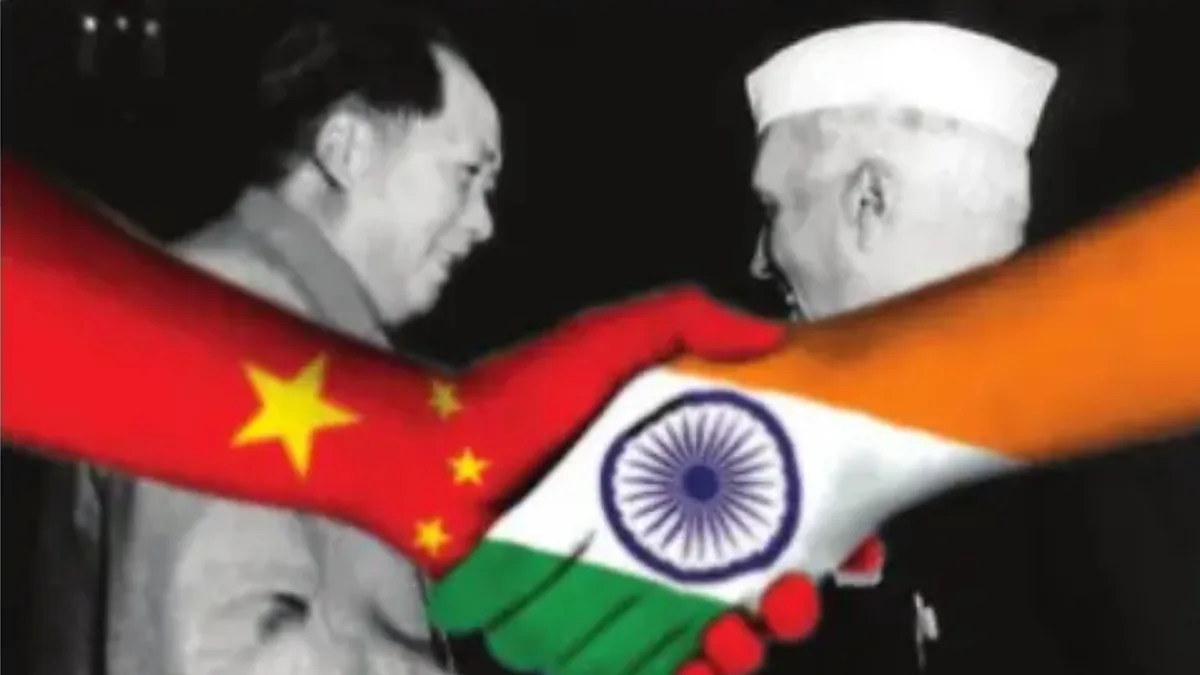
The relationship between India and China, two of the oldest civilizations in the world, has been a saga marked by both shared history and contentious moments.
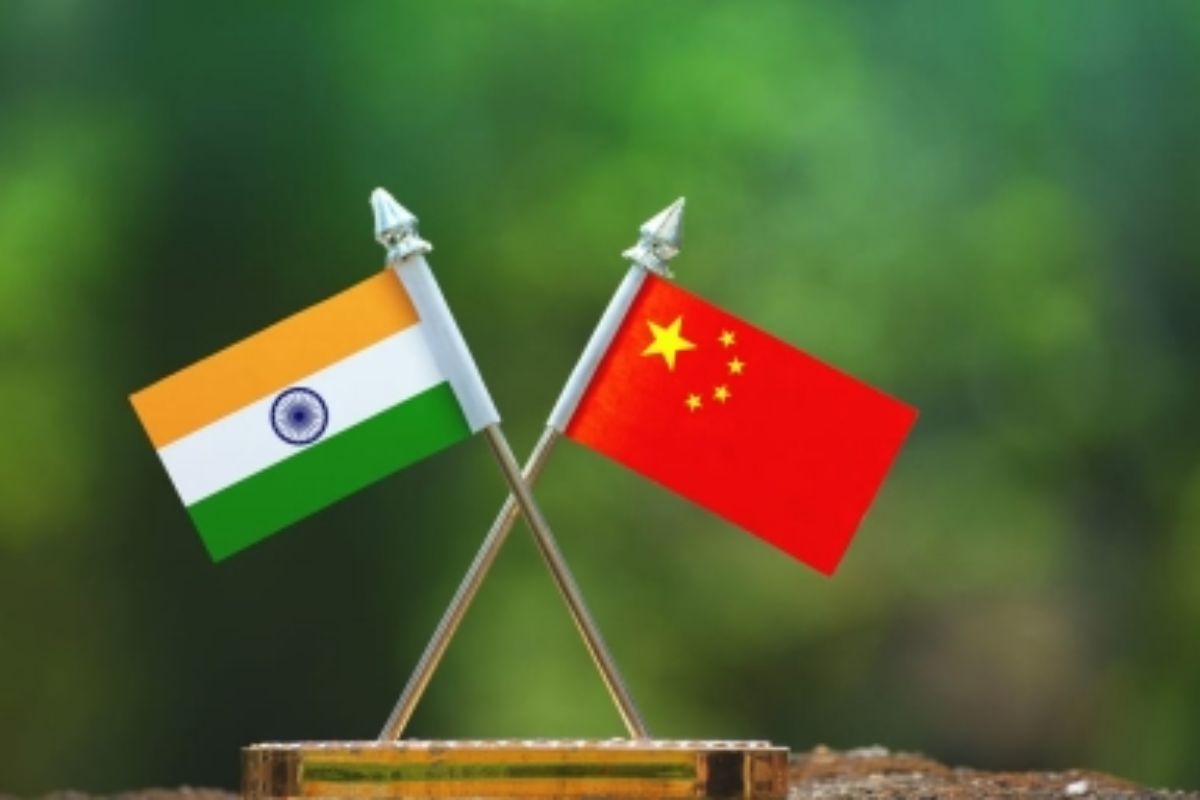
The 33rd meeting of the Working Mechanism for Consultation & Coordination on India-China Border Affairs (WMCC) was held this afternoon in Beijing.
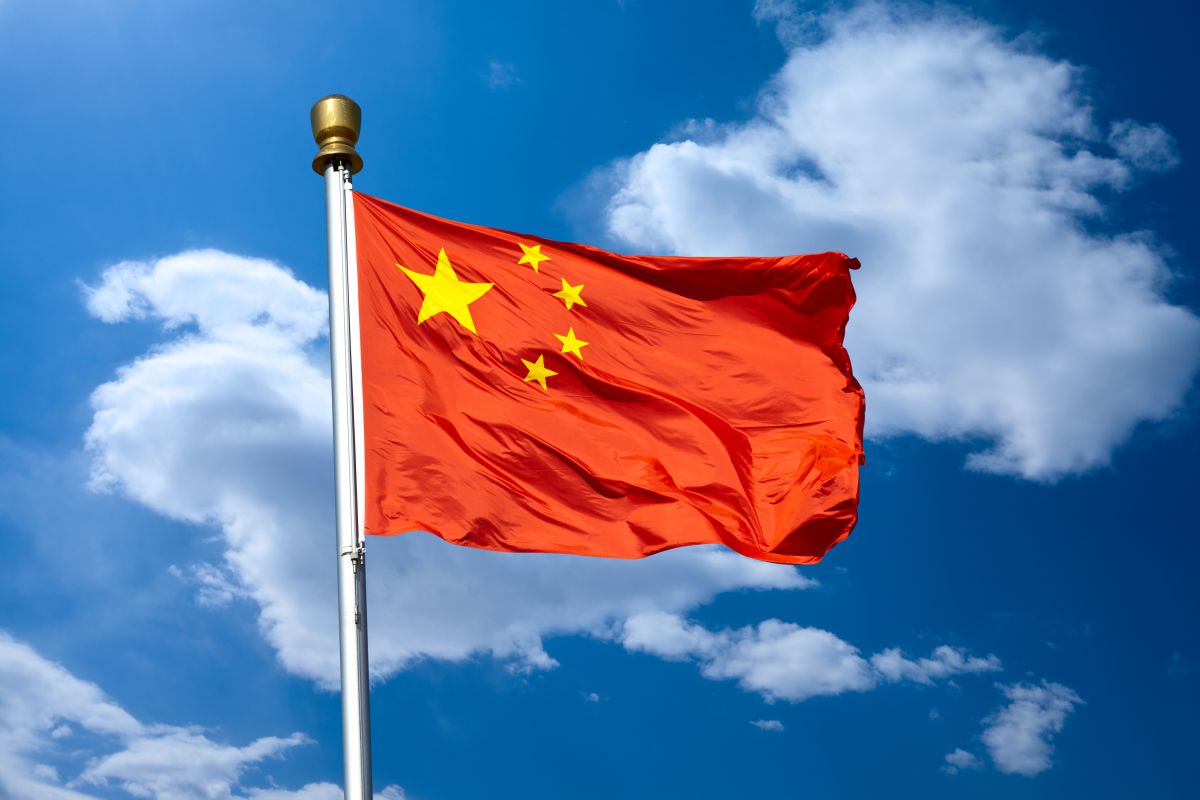
CCP is positioning itself not just as a regional power but as the central player in an emerging new world order. With every move, Beijing is sending a clear signal: the era of Western dominance is drawing to an end, and China's moment has arrived.
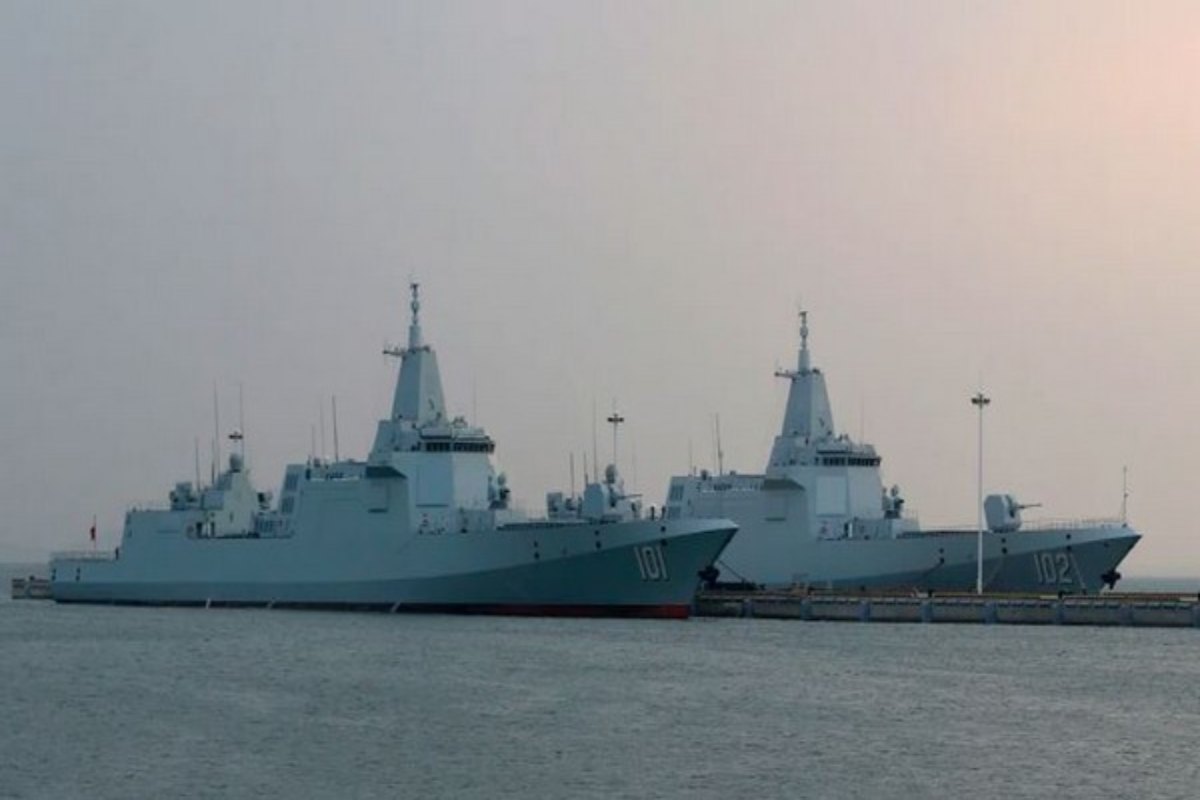
The presence of Chinese warships in the Tasman Sea, a relatively rare occurrence, has raised eyebrows in Australia and New Zealand.
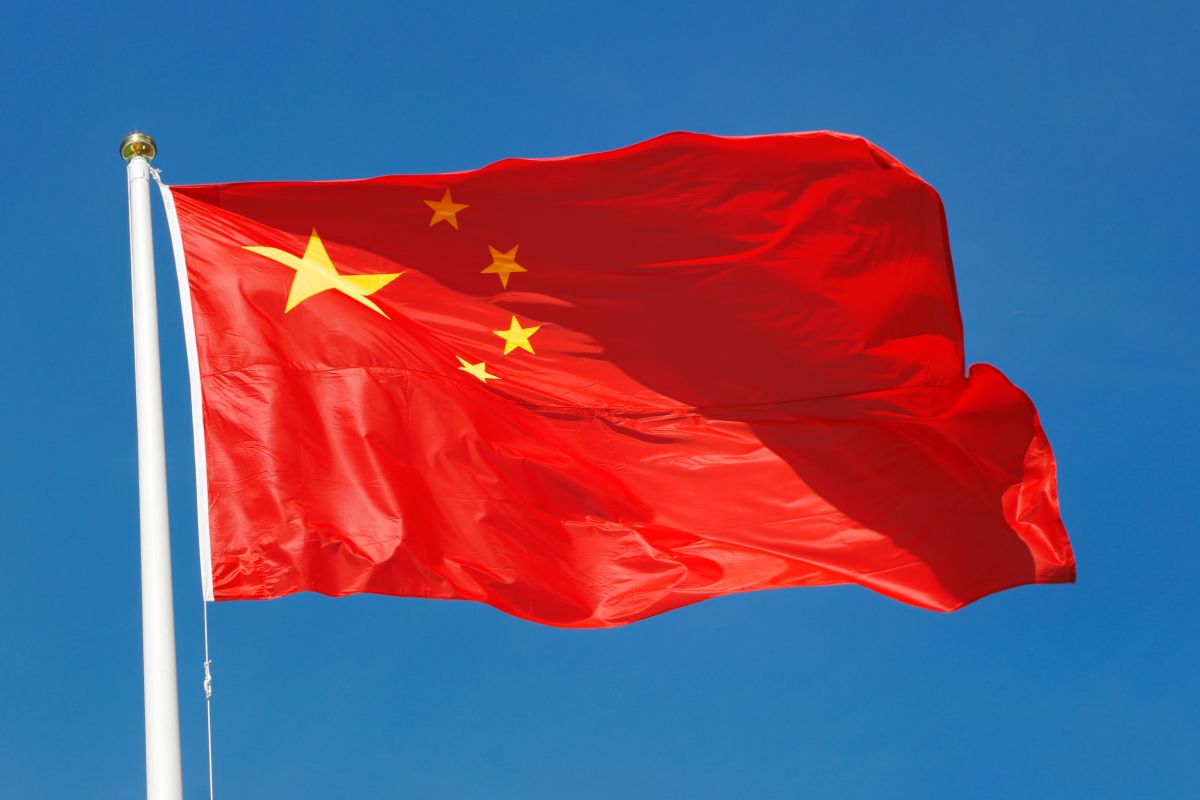
Every year, China’s minister of foreign affairs embarks on what has now become a customary odyssey across Africa.
Later, China’s foreign minister Wang Yi slammed the US for “reckless provocation of confrontation” after both sides ordered tit-for-tat closures of each other’s consulates, but called for “rational communication” between the two powers.
New Zealand's ties with China have frayed recently after the pacific nation backed Taiwan's participation at the World Health Organization (WHO).
One provision of the national security law orders authorities to “strengthen the management” of foreign news organisations.
China on Thursday reported only one new virus case, imported from overseas, and most of the country is classified as "low risk" for virus outbreaks.
Earlier on Monday, Chief Executive Carrie Lam said that the government would limit group gatherings to four people from 50 - a measure last seen during a second wave in March.
